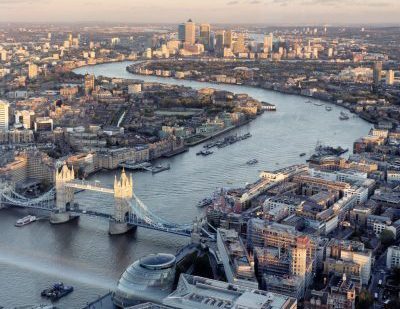
City Living Drives Capital Appreciation
Increasing demand for city living was the driving force behind the rapid house price inflation witnessed earlier this year, with property prices in urban centres growing at a faster rate than their surrounding areas, according to new analysis from Halifax.
The impact of the pandemic on people’s lifestyles had driven much stronger house price growth in suburban and rural areas over the previous couple of years, as buyers sought larger properties with more indoor and outdoor space, and where homeowners perceived they’d get better value for money.
In contrast, built-up city living areas became less popular, with their typically smaller properties located further from green spaces and the amenities so valued by homeowners.
However since the start of the year, as people increasingly returned to the office and were once again able to make the most of leisure opportunities, property prices in cities have grown by 9.2 per cent while in surrounding areas it was less, at 7.9 per cent.
While the picture still varies significantly in and around individual cities across the country, the Halifax says this suggests a shifting in homebuyers’ post-pandemic priorities.
A Halifax spokesperson says: “The pandemic transformed the UK housing market. Homeowners wanted bigger homes and better access to green spaces, fueling huge demand for larger properties away from urban centres. This accelerated house price growth in the suburbs and more rural areas, while in cities it was much slower.
“That trend didn’t disappear completely this year, as house price growth in these areas remained strong. But, as daily life started to get back to normal for many, the opportunity to live in cities became more attractive again, driving up demand. There’s evidence of this in locations across the country, with property price inflation in the majority of cities outstripping increases in their surrounding areas.
“Clearly the economic environment has changed considerably in the last few months, with the likelihood of more significant downward pressure on house prices, as the cost of living squeeze and higher borrowing costs limit demand. The extent to which such trends will continue to shape the housing market is therefore uncertain.”
In the North West, the cities of Liverpool and Manchester have seen much stronger house price growth so far this year, compared to their surrounding areas.
It’s a similar story in Scotland, where both Edinburgh and Glasgow have seen property price inflation increase much more quickly since the turn of the year, compared to their surrounding areas. This has been reflected in places like Fife and West Dunbartonshire.
And in Greater London it’s a tale of two cities, with inner London boroughs recording average property price growth of 6.8 per cent, compared to 4.6 per cent in the outer boroughs. Brent is one of only a handful of London boroughs to see prices fall so far this year, down 8.4 per cent.


If you have any comments, please email the author of this article and click on the link above